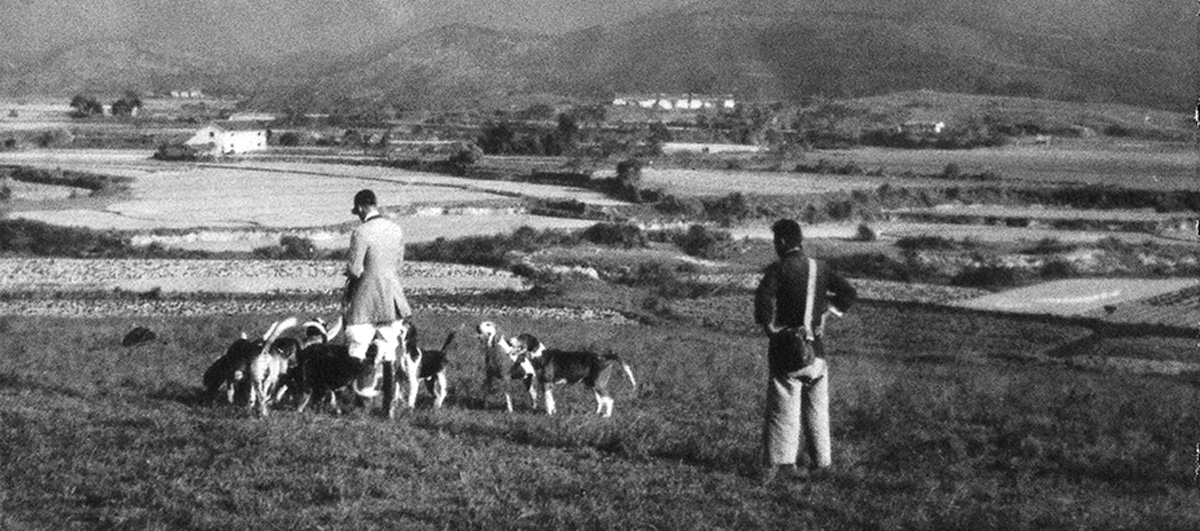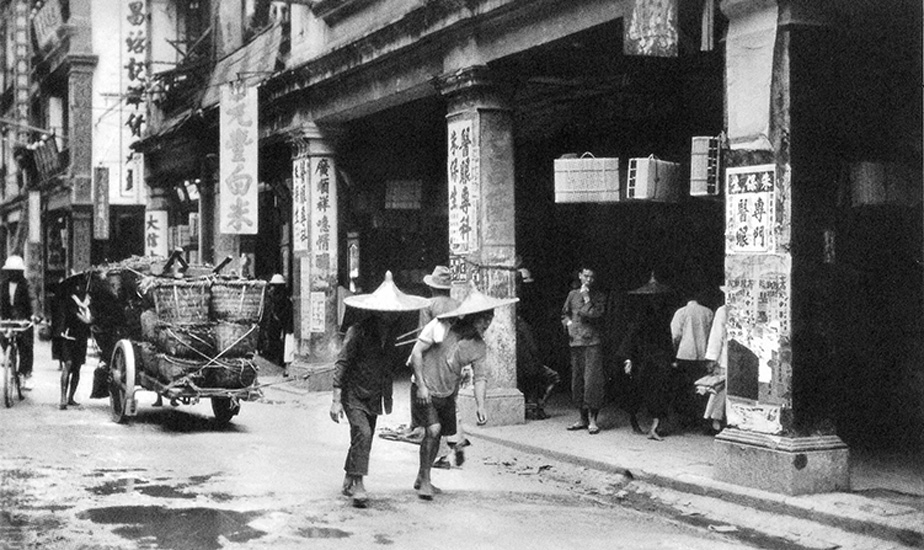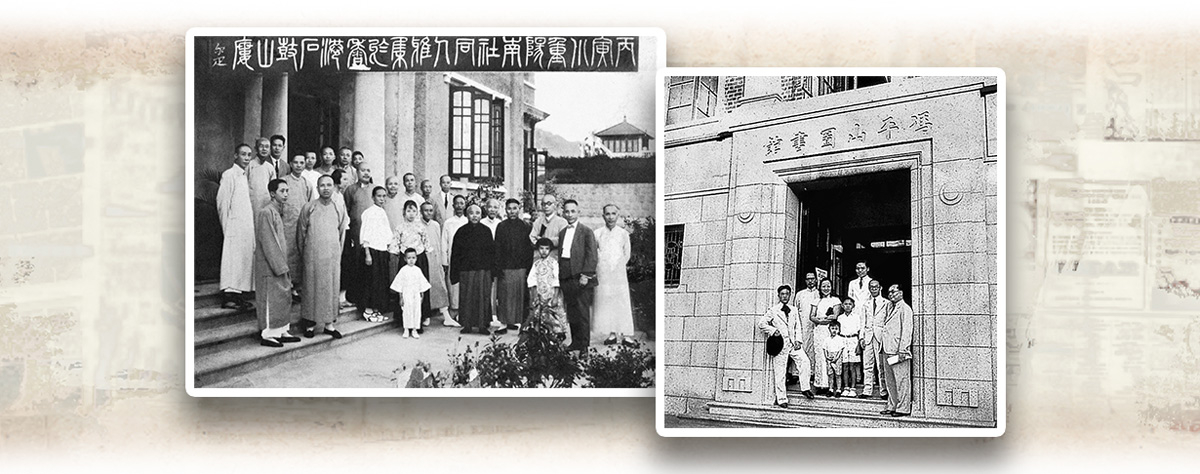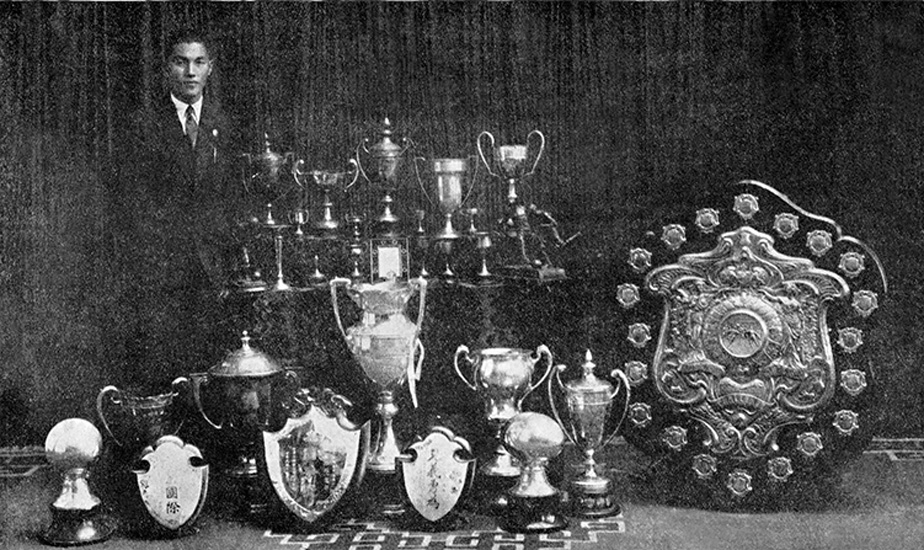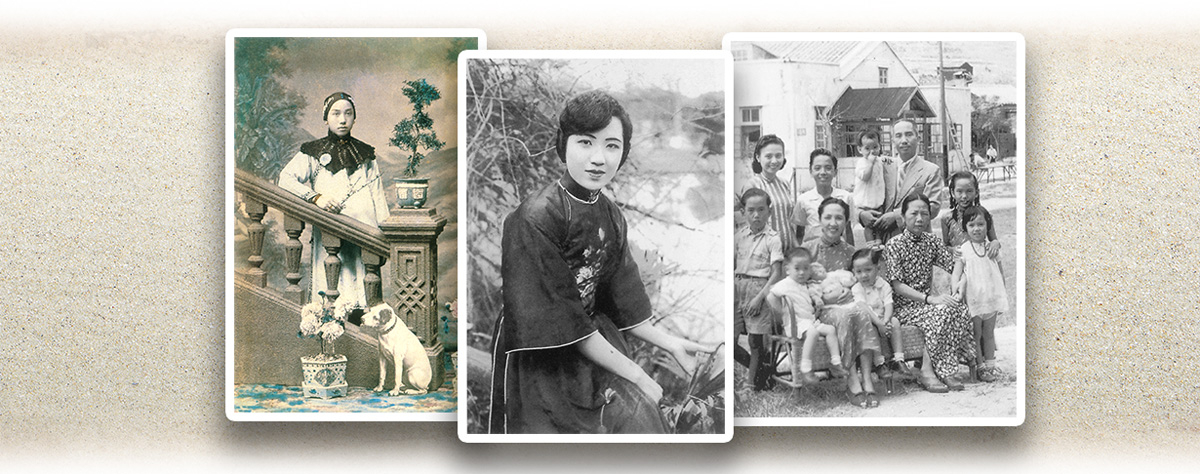Pre-war Hong Kong society exhibited distinctive colonial characteristics. Economically, Hong Kong’s economic lifeline was controlled by British businessmen. The four most influential British-owned corporations were HSBC, Standard Chartered, Jardine Matheson, and Swire. Politically, most of the administrative positions in the Hong Kong government were taken up by foreigners. They were preferred even for relatively junior positions such as police inspectors, prison guards, health inspectors, foremen of Public Works Department, and clerks in various government agencies. This left few opportunities for the Chinese. Under such a system, foreigners in Hong Kong were well off. Except for a small number of upper-class Chinese, the average Chinese were poor, especially those at the grassroots level. Children from poor families could not go to school as free education was not available at that time. Although the development of pre-war Hong Kong system and society was insufficient, overall progress was made as the economy and society developed. The growth of entrepot trade and industry, the opening of the University of Hong Kong, the vibrant atmosphere among intellectuals, the budding of Hong Kong film industry, the growing attention for sports, and the blossoming of the publishing industry all added colours to pre-war Hong Kong society.
|
|
What impact did the social and cultural achievements in pre-war Hong Kong have on post-war Hong Kong? Explain using films and football as examples. |
|
|
See answer below. |
Some British hunting in Fanling in 1938. Since Hong Kong was established as a free port, the British in Hong Kong had a dominant position and a good life for a century.
Although Hong Kong was dominated by the British, some Chinese could still manage to reach the upper social class. In the second half of the 19th century, compradors and peddlers were two important forces of the middle and upper social classes in Chinese society. The number of compradors was greatly reduced as they emerged as successful businessmen in the early 20th century. They included a number of prominent families such as Ho Tung (何東), Lee Hysan (利希慎), Fung Ping-shan (馮平山), Chau Siu-ki (周少岐) and Chau Cheuk-fan (周卓凡), and Philip Gockchin (郭泉) and James Gocklock (郭樂).
Coolies on a street of Sheung Wan, Hong Kong in the 1920s. Most of the grassroots Chinese led a hard life in pre-war Hong Kong.
Western-style buildings in Mid-Levels on Hong Kong Island (left, taken in around 1920) and a market in Sham Shui Po, Hong Kong (right, taken in around 1939). Mid-Levels has been a high-class residential area while Sham Shui Po a grassroots community since pre-war era.
Racial segregation still existed in the 20th century. The Legislative Council passed the Peak District Reservation Ordinance, which reserved the Peak District for the white people. Even though for Ho Tung, the only Chinese who was permitted by the Hong Kong Governor to live in Mid-Levels, his children often encountered unpleasant situations. Racial discrimination was common in public and on social occasions. Some clubs were for non-Chinese only.
Tanka boat people in Yau Ma Tei (left), and a rural Hakka mother and son outside Kowloon City (right) in the early 20th century. In addition to the urban population, there were many farmers and fishermen in pre-war Hong Kong.
Left: the 26th Brigade Hong Kong Scouts in 1928; Right: child labour working at roadside in Hong Kong in 1936. Since free education was not available in pre-war Hong Kong, only a small number of children could receive education and participate in extracurricular activities. Many children from poor families had to work to support their families.
Left: Lai Tsi-hsi (賴際熙, fifth right in the front row), the Grand Secretariat of the former Qing imperial Hanlin Academy (翰林院), and literati and scholars in Hong Kong in 1926; Right: a group photo of painter Xu Beihong (徐悲鴻, first left), Hsu Ti-shan (許地山, second left, the then Head of the Chinese Department, University of Hong Kong), and others taken during an art exhibition at the Fung Ping Shan Library in 1938. Many former Qing Hanlin scholars came to Hong Kong after the 1911 Revolution. With the opening of the University of Hong Kong in 1912, the cultural atmosphere among intellectuals became vibrant.
The founding of the University of Hong Kong, the first university in Hong Kong, was of great significance to pre-war Hong Kong’s cultural and education sector. H. N. Mody, a wealthy Indian businessman, made a major donation of HKD150,000 towards the founding of the University. Many British companies in Hong Kong, as well as Chinese communities at home and abroad, also donated. Intriguingly, both revolutionists and senior Qing officials supported the establishment of the University. There were two schools, namely Medicine and Engineering when the University first opened in September 1912. 72 students were admitted in this year. The School of Chinese Studies was established the next year.
The British introduced horse racing to Hong Kong. It became an iconic sport and betting activity in Hong Kong. Left: the fire killing 614 people at the Happy Valley Racecourse on 26 February 1918; Right: the stands at the Happy Valley Racecourse were crowded with spectators in 1927.
The Happy Valley Racecourse on Hong Kong Island ran its first race in December 1846. Founded in 1884, the Hong Kong Jockey Club only allowed Europeans who settled in the colony to be its members. The Canton-Hong Kong strike occurred in 1925. After that, the Hong Kong government adopted a more lenient policy towards the Chinese, such as allowing them to watch races with the British in the same stand. Under the instructions of the Hong Kong Governor Cecil Clement, the Hong Kong Jockey Club accepted Chinese members for the first time in 1926. Ho Kam-tong (何甘棠) and Yung Hin-lung (容顯龍) were invited to be its earliest Chinese members.
A photo of the “King of Asian Football” Lee Wai-tong (李惠堂) and his trophies in 1928. Sports including football gained growing attention in pre-war Hong Kong.
Lee Wai-tong was born in Hong Kong in 1905. He once played for South China Football Team. Joined the Chinese National Football Team in 1923, Lee participated in the 6th, 7th, 9th, and 10th Far Eastern Championship Games in 1923, 1925, 1930, and 1934 respectively and helped China won all these games. After the 7th Far Eastern Championship Games, he was honoured the “King of Asian Football” and became famous at home and abroad. He participated in the 11th Olympic football game in 1936 as the Captain of the Chinese National Football Team.
The film industry in Hong Kong started developing in the 1910s. Left: Lai Man-wai (黎民偉), known as the “Father of Hong Kong Cinema”, played Chuang Tzu’s wife in the silent black-and-white film Chuang Tzu Tests His Wife (《莊子試妻》) in 1913. It was the first short narrative film produced in Hong Kong and the first Hong Kong film released abroad (the United States); Middle: Lim Cho-cho (林楚楚), Lai’s wife and the lead actress of the Hong Kong film Rogue (《胭脂》); Right: a photo of Lai and his family in Hong Kong in 1941.
From left to right: newspapers Life Daily News (《生活日報》), The Observatory (《天文臺》), and The Star Daily (《星報》) launched in June 1936, November 1936, and March 1938 respectively. Newspaper and publishing industry blossomed in pre-war Hong Kong, which helped Hong Kong’s press and cultural sector grew.
|
|
What impact did the social and cultural achievements in pre-war Hong Kong have on post-war Hong Kong? Explain using films and football as examples. |
|
|
The social and cultural achievements in pre-war Hong Kong laid a solid foundation for the social and cultural development in post-war Hong Kong. Take films as an example. The Hong Kong film industry started to bud in the 1910s. It developed rapidly and internationally after the Second World War and was once called the “Oriental Hollywood”. As for football, Lee Wai-tong in pre-war Hong Kong brought a big progress to the football industry in Hong Kong and the Chinese mainland. Football became a popular sport that attracted spectators to games. Hailed as the “Kingdom of Asian Football”, Hong Kong football was once the best in Asia. |
The images in this material are provided by Fotoe (Photos 1-9), and misc. photo sources. Every effort has been made to trace the copyright holders and obtain permission to reproduce this material. Please do get in touch with any enquiries or any information relating to this image or the rights holder.





